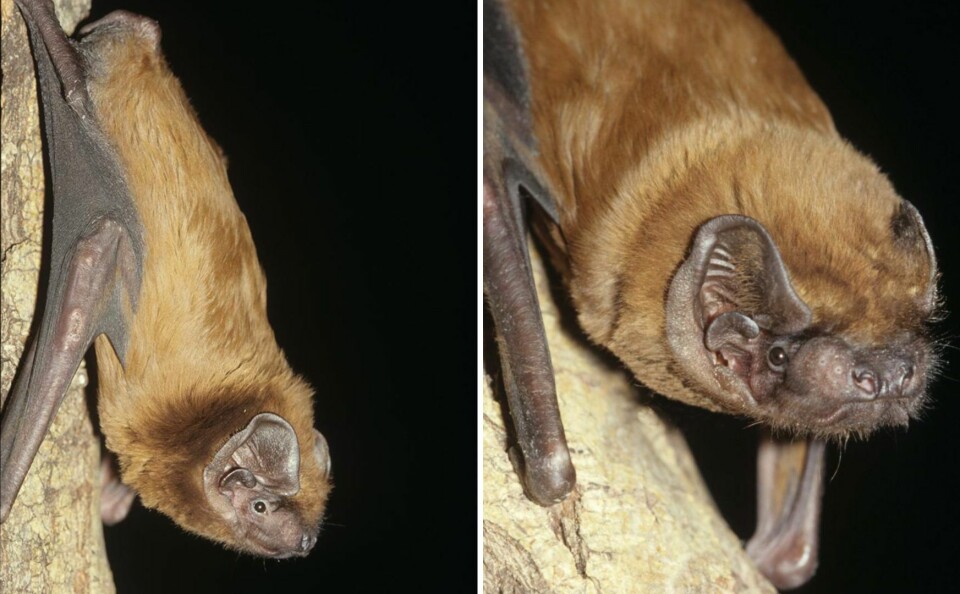-
The origins and meaning of tirer les marrons du feu
As Christmas approaches, we look at a phrase to describe someone who takes advantage of a situation
-
How to identify lounging lizards in France
Learn about the habitats and behaviours of diverse lizard species, from the common wall lizard to the elusive Western three-toed skink
-
The origins and long history of France’s unique wildlife officers
Connexion talks to Julien Nicolas, who fulfils a role created by Charlemagne in the year 803, tackling wildlife posing a danger to the public
Secret lives of bats in France: Garonne river is a motorway and buffet
We learn about the only mammal that can fly and how they use aerial landmarks to hunt

Bats are the only mammals that can fly. They use all kinds of landmarks to travel across large areas, hunting for food at night.
Most species have a territory with a radius of around 40kms but some fly hundreds of kilometres a night.
Garonne river is a landmark and feeding place
The Garonne river, running through Toulouse, is one example. It is a positive motorway for bats, says Mannue Jacquot, the mammal specialist at Natureo, an association which protects the environment in Occitanie.
“They also use features like hedges, lakes and large areas of forest as landmarks,” she says.
“But the Garonne isn’t only a landmark, the air above it is full of flying insects. So it’s a great feeding place, a canteen for bats.”
She says bats can see but as nocturnal animals, have well-developed hearing which enables them to fly very fast and very accurately.
“We have equipment which allows us to observe them in the dusk, using sound waves to identify where they are and how they are moving.”
Read more: Moves to bring hedgerows back to the French countryside
Newborns can immediately hang on to a perch, upside down
She also says bats remain within their territory but are very happy to share, they are not aggressive towards each other.
They return to the same resting places every morning, although they often have different bases in winter and summer. Some of them migrate during the colder seasons, moving south in spring.
“They love places which have stable temperatures like caves, tunnels, basements and cellars where they can rest undisturbed. They are also commonly found in WW2 bunkers, and chateaux.”
Females and their young live in colonies. Bats give birth to a single baby which they suckle for a month, until the baby can fly.
“The young start going out hunting at around 2 months old. There are no couples, and no nests. Female bats give birth wherever they happen to be, and newborns can immediately hang on to a perch, upside down.”
Read more: Migratory birds you may see overhead or stopping off in France
Bats are good for humans as they eat mosquitoes
Some people are frightened of bats, but they are not aggressive, and do not attack humans.
“They do not even fight each other. They just want to live their lives. They do not come into the house and do not carry diseases. If you trap one or pick one up, they could bite in self-defence, but all the native species of bats in France are very small.”
It is important to note that all bats and their habitats are legally protected in France. It is completely illegal to disturb them, chase them, remove their resting places, discourage them, frighten them, or destroy their habitat.
“There are around 35 species living in Metropolitan France and they are good for humans because they eat mosquitoes and many other flying insects.”
If you ever find a bat, advice is available (in French) here.
Related articles
State pays €95,000 to couple after hundreds of bats invade French home
Mosquitoes, hornets, stink bugs: life cycles change as France warms up
VIDEO: new film released of bear and cubs in Pyrenees before winter
























